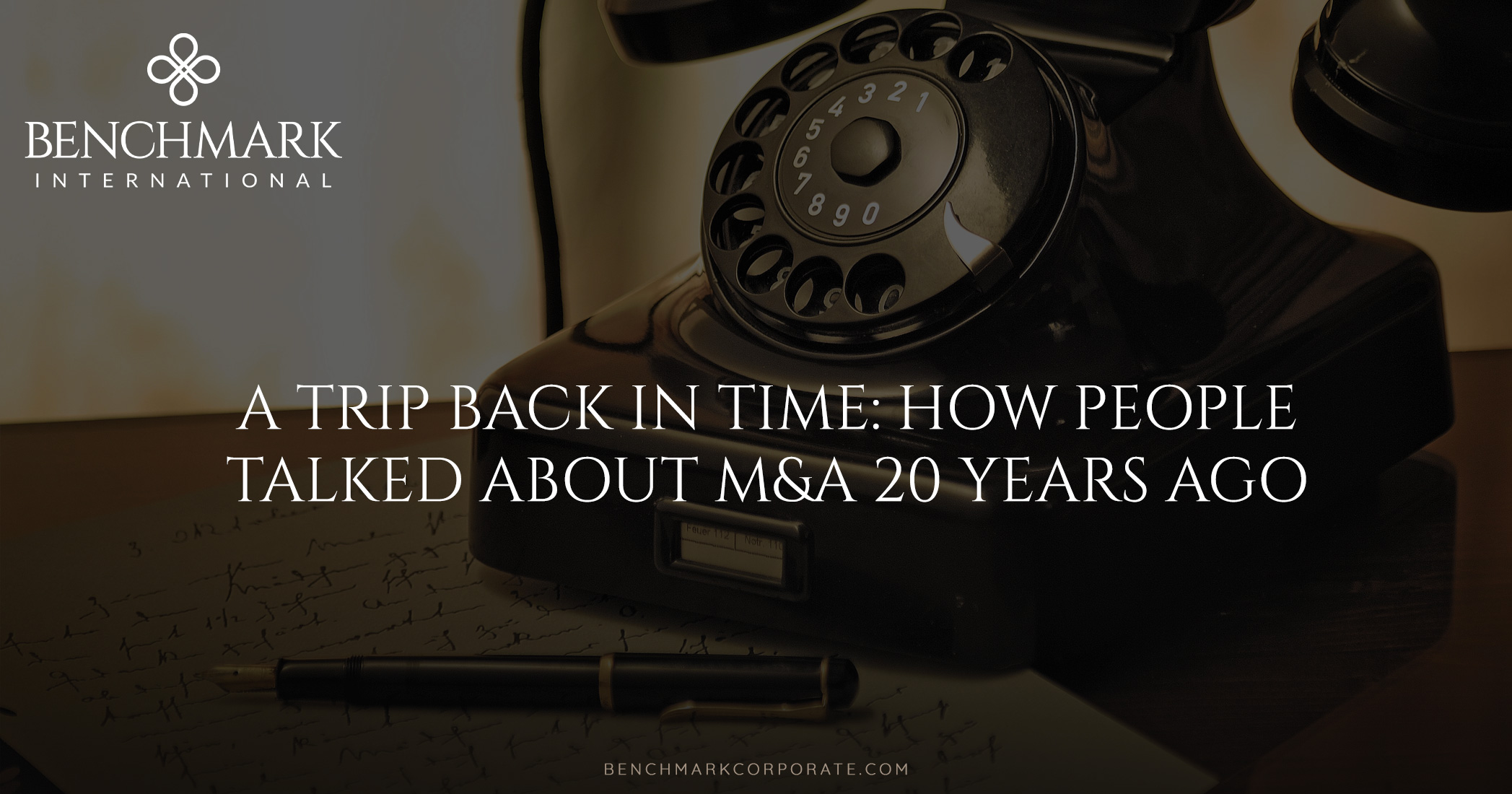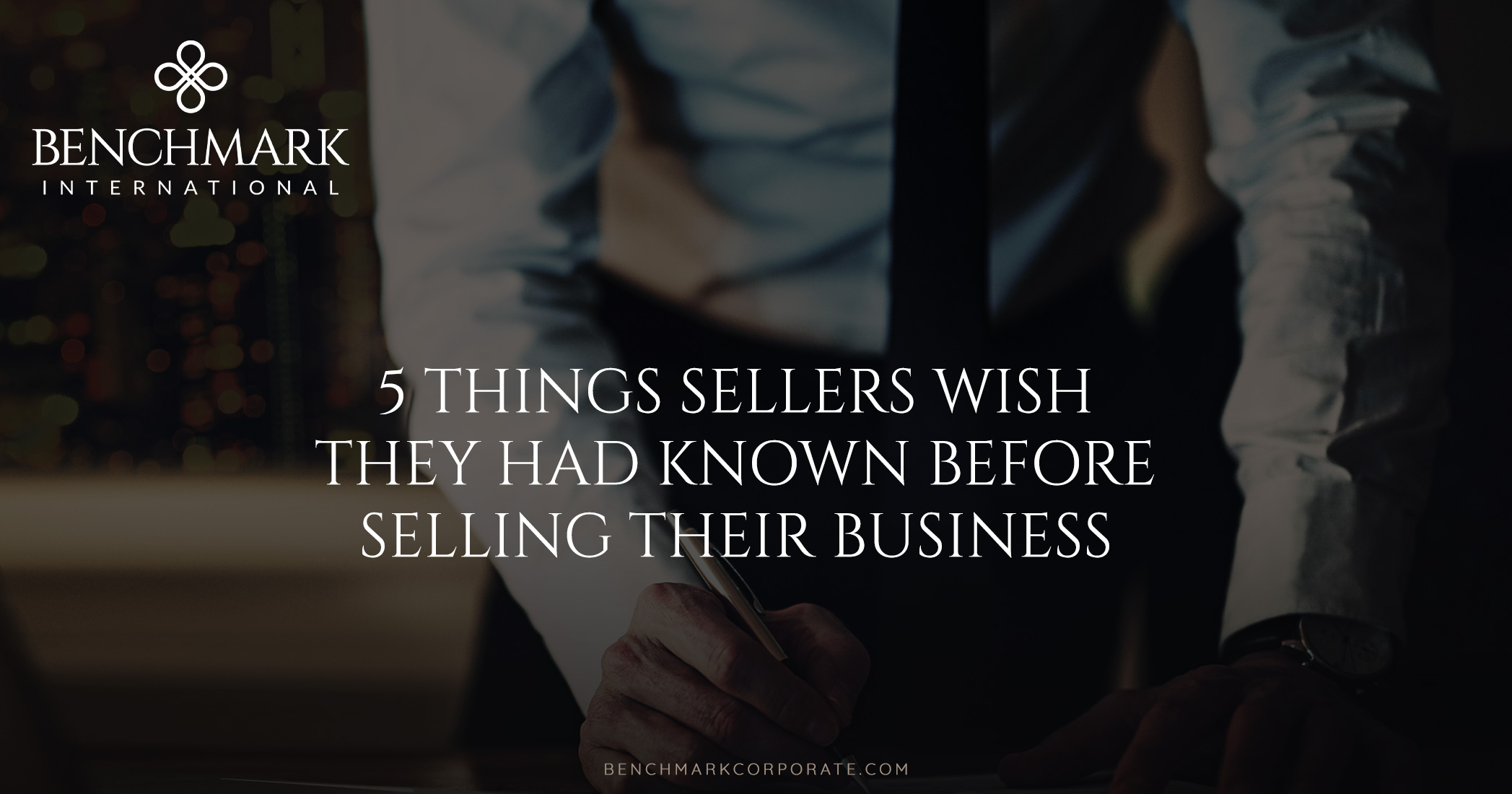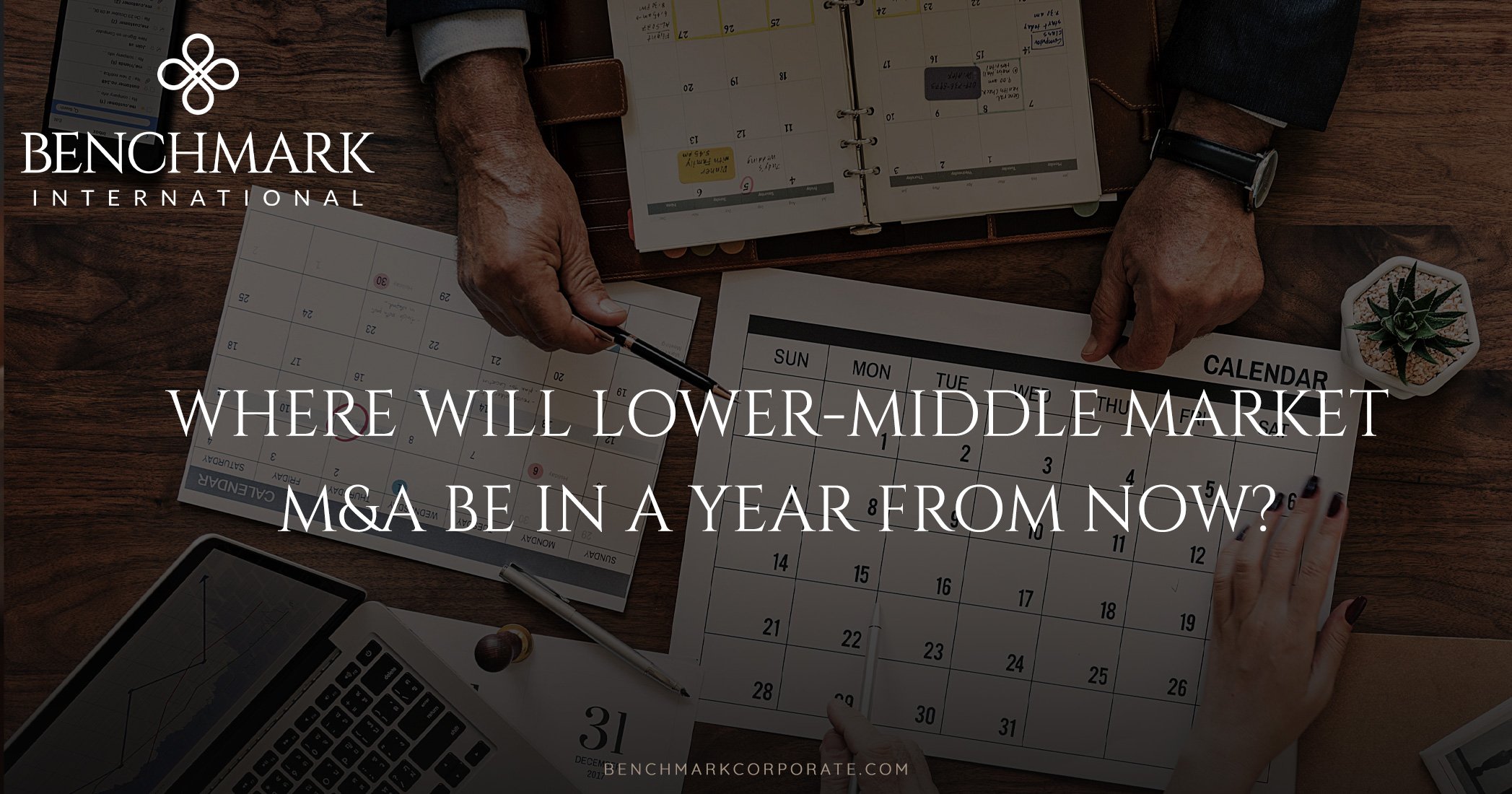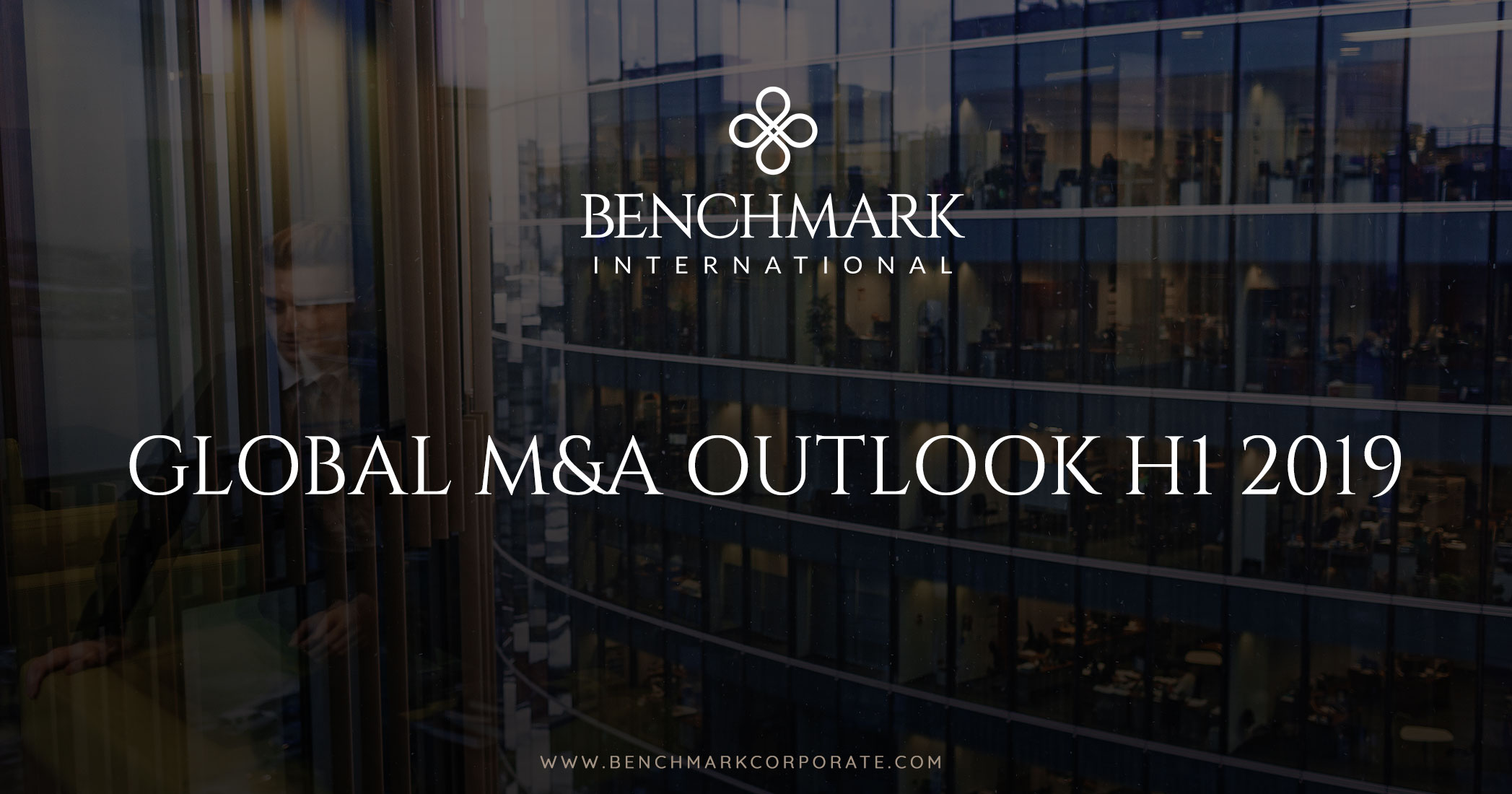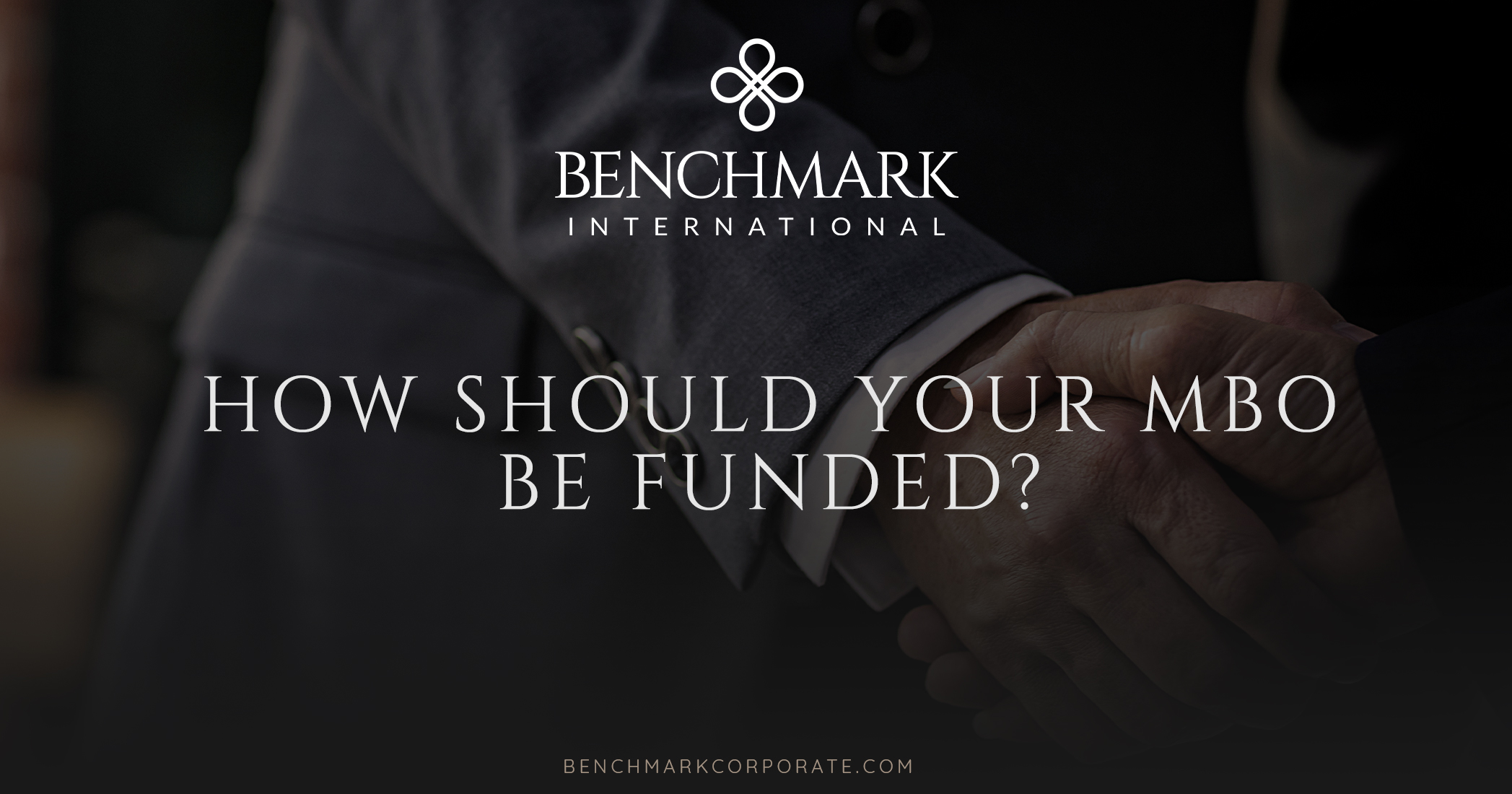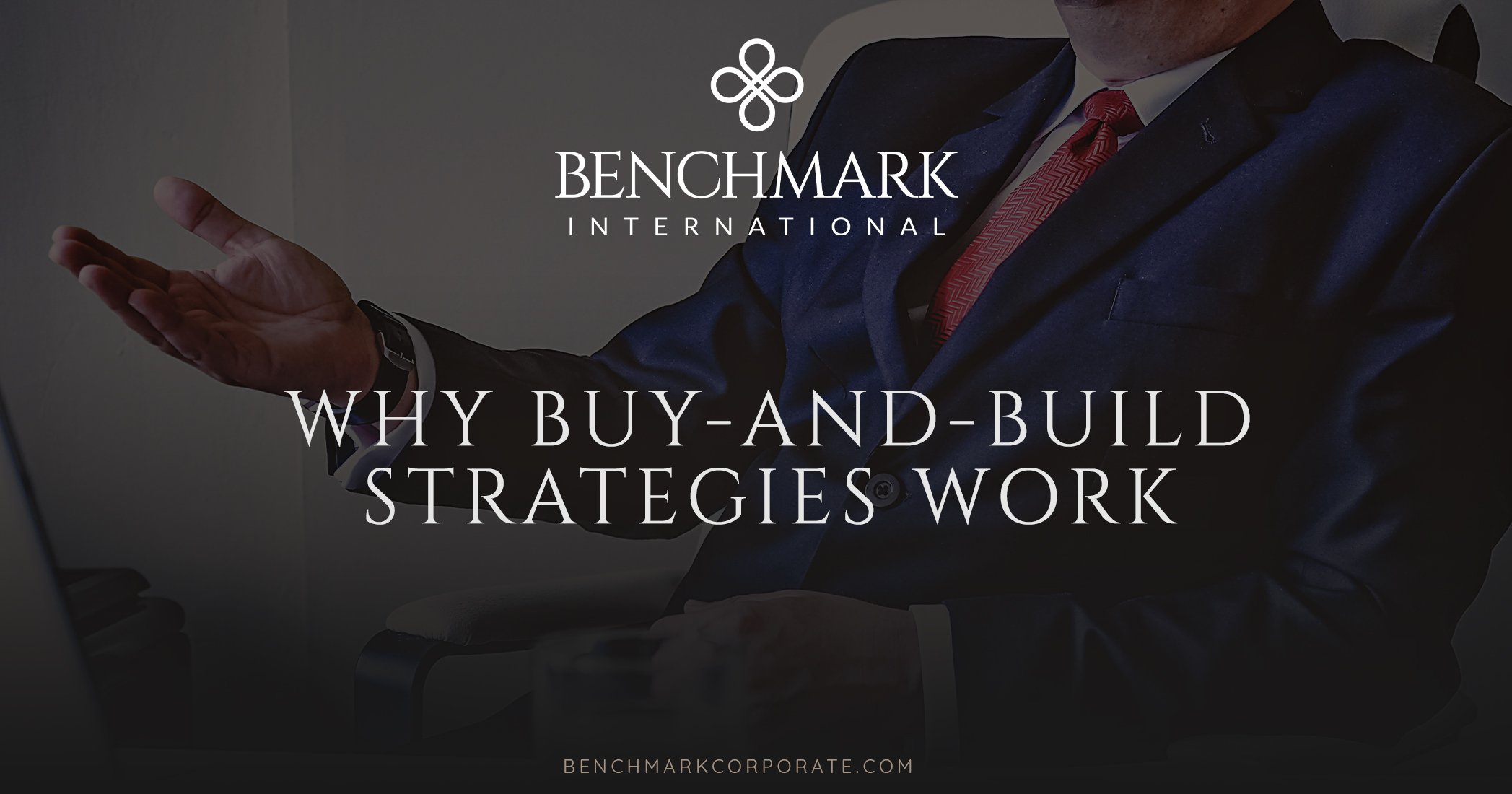The year was 1999. The world was transforming thanks to new technologies, and society was bracing for what Y2K and the millennium bug might bring. The popularity of the Internet was skyrocketing, and home computers were becoming a necessity rather than a luxury. Napster, Blackberry, Tivo, and Bluetooth were introduced. The "Melissa" E-mail Virus infected millions of computers and caused more than $80 million in damage globally. The Euro currency was established in 11 countries. The cost of a gallon of gas was $1.22. Bill Gates became the wealthiest man on earth, and Jeff Bezos was named Time Person of the Year. But what about the world of mergers and acquisitions twenty years ago?
1999 M&A in Review
The year 1999 was known as the year of the hostile deal. Strategic refocusing of companies was at an all-time high. Companies were motivated to act quickly to fend off larger rivals. The philosophy was that the bigger a company became, the more dominant it would be in the market.
- Total worldwide mergers and acquisitions grew from $286.9 billion in 1991 to $3.2 trillion in 1999, with a total of 24,436 transactions that year.
- Also in 1999, worldwide hostile deals reached more than $473 billion in dollar volume representing more than 14% of all announced worldwide deal value.
- There were 9,192 M&A transactions valued at $1.4 trillion in the U.S alone, including 15 hostile deals valued at $112.7 billion.
- Deals valued at over a billion dollars increased from 13 in 1991 to 194 in 1999.
- There were 47 transactions valued at more than $10 billion worldwide in 1999.
Making M&A History
Several of the biggest M&A deals in history took place in the years 1999 and 2000.
- Vodafone AirTouch of Britain negotiated the hostile $183 billion merger of Mannesmann of Germany. This all-stock transaction set a record for a corporate takeover.
- Also in 1999, Exxon and Mobil merged to become an energy industry superpower.
- In January of 2000, America Online's announced the $165 billion purchase of Time Warner.
- The same year, Pfizer acquired Warner-Lambert for $90 million, creating the second-largest drug company in the world.
These four deals are among the world's largest mergers of all time.
Tech & Communications Revolution
The years of the mid to late 1990s were an economic game-changer. The tech and communications revolution certainly had a major impact on M&A activity. It stimulated the globalization of markets by improving cross-border communications and transactions, and it enhanced capabilities in modeling cash flows and structuring transaction scenarios. It also resulted in a boom in new business launches and the reimagining of established businesses.
1999 was the height of the Information Age, and the dot-com tech bubble was fatter than ever. Markets were booming. Dot-com startups were going public. Online shopping was becoming an actual thing. People were quitting their jobs to engage in full-time day trading and personal investing. We saw the rising popularity of online companies such as eBay, Amazon, Yahoo!, AOL, Match.com, and WebMD.
Of course, the bubble burst, leading to the early 2000s recession. Many online companies went under, and other major corporations lost a large portion of their market cap. Pets.com lost a whopping $1.75 trillion in value only nine months after its IPO.
Unfortunately, the dot-com crash also led to the telecoms market crash of 2001. Telecom providers over-invested in their networks, and mobile phone companies overspent on 3G licenses. The high levels of infrastructure investments were out of proportion to cash flow, and increased competition led many telecoms providers to slash prices for services, especially in the European market. Within one year, 100,000 jobs were lost in telecoms support and development across Europe.
Now vs. Then
The recession in the early 2000s cooled M&A activity for obvious reasons. The good news is that 2019 has actually been the most dynamic year for M&A activity since the year 2000, driven by a surge in North American deals. CEO confidence is on the rise, and investors are showing a willingness to take risks.
READ MORE >> Benchmark International
Benchmark International  Benchmark International
Benchmark International 
